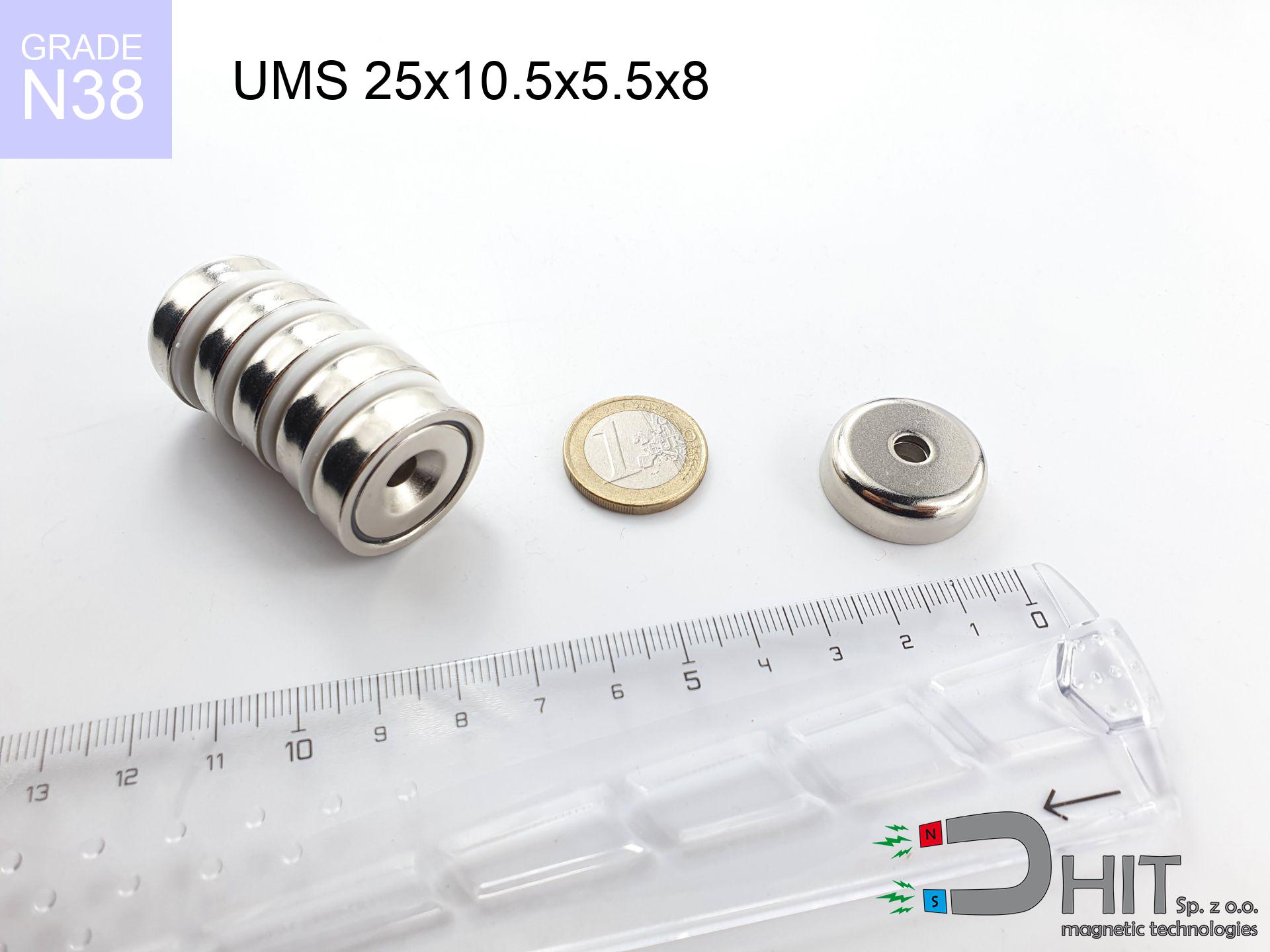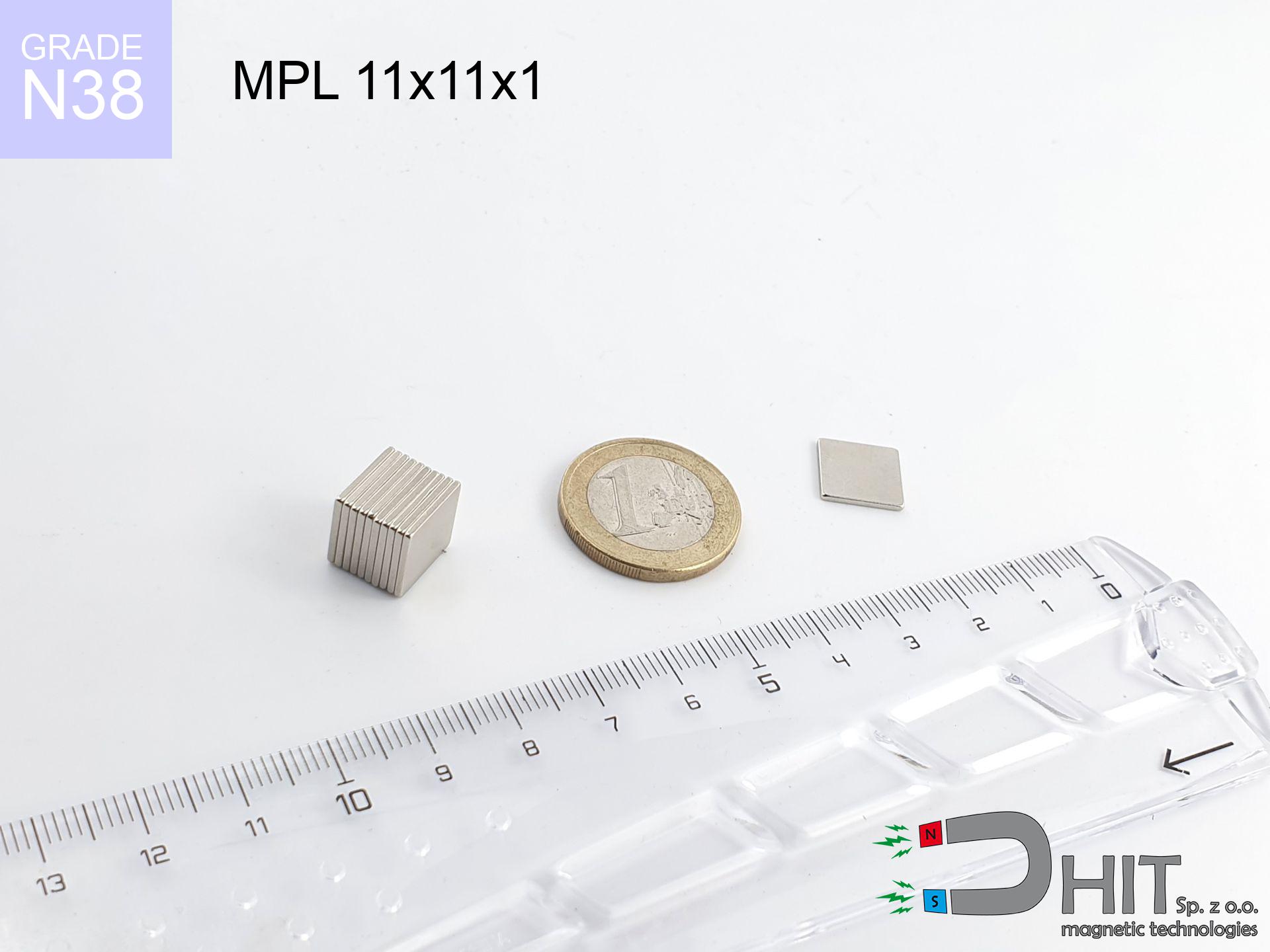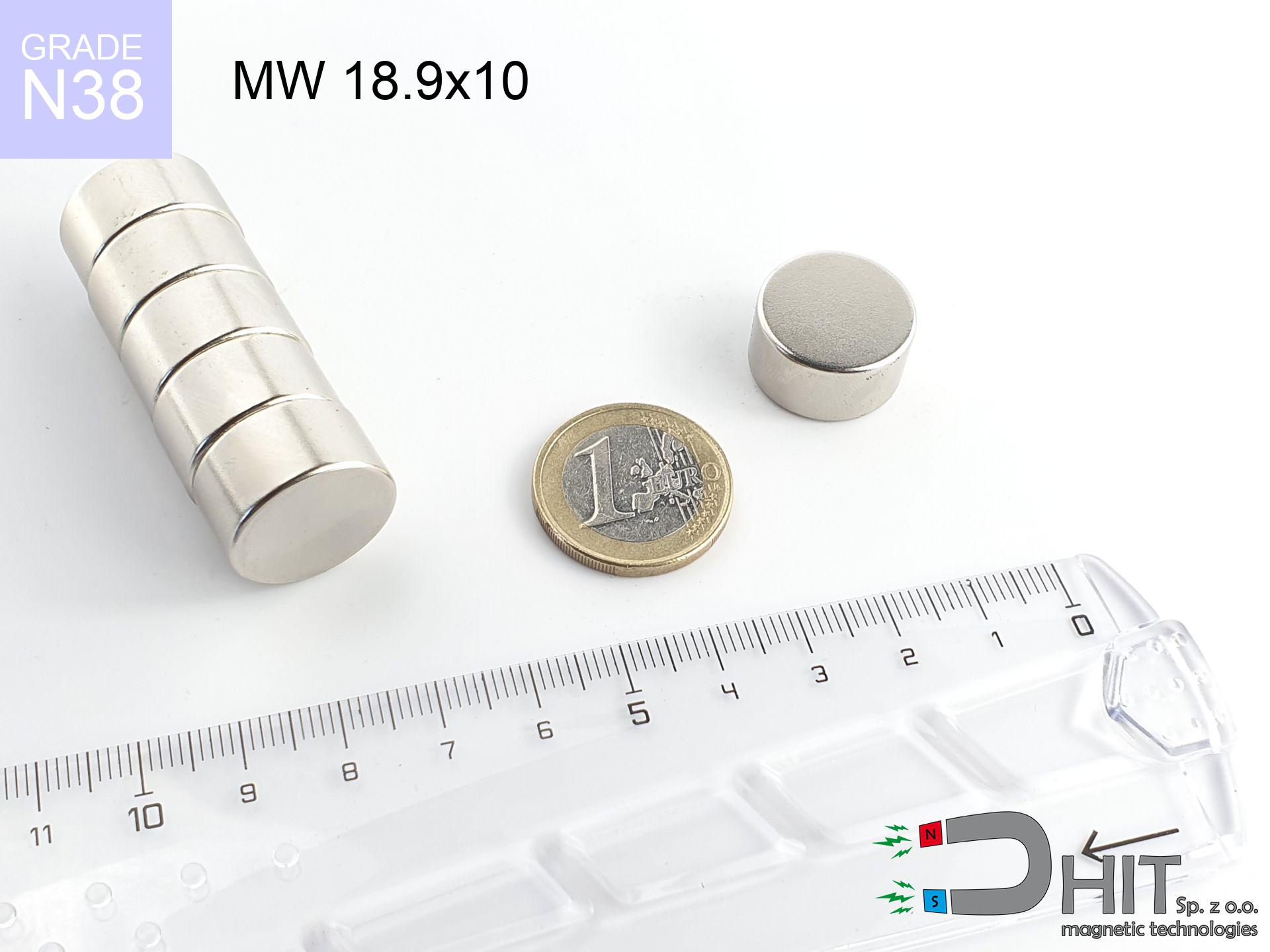SM 32x100 [2xM8] / N42 - magnetic roller
magnetic separator
catalog number 130296
GTIN: 5906301812890
diameter Ø
32
mm [±0,1 mm]
height
100
mm [±0,1 mm]
max. temperature
≤ 80
°C
catalog number 130296
GTIN: 5906301812890
diameter Ø
32 mm [±0,1 mm]
height
100 mm [±0,1 mm]
max. temperature
≤ 80 °C
307.50 ZŁ gross price (including VAT) / pcs +
250.00 ZŁ net price + 23% VAT / pcs
bulk discounts:
need more quantity?Want a better price?
Give us a call tel: +48 22 499 98 98 or write via form on the contact page. You can check the power as well as the appearance of neodymium magnet in our magnetic calculator power calculator
Orders placed by 2:00 PM will be shipped on the same business day.
Specification: magnetic separator 32x100 [2xM8] / N42
Magnetic properties of the material N42
Physical properties of sintered neodymium magnets Nd2Fe14B
List recommended items
Advantages and disadvantages of neodymium magnets NdFeB.
In addition to immense power, neodymium magnets have the following advantages:
- They do not lose power over time - after approximately 10 years, their strength decreases by only ~1% (theoretically),
- They are highly resistant to demagnetization by external magnetic sources,
- In other words, thanks to the shiny coating of nickel, gold, or silver, the element acquires an aesthetic appearance,
- They exhibit extremely high magnetic induction on the surface of the magnet,
- Thanks to their high temperature resistance, they can operate (depending on the shape) even at temperatures up to 230°C and above...
- The ability for precise shaping and customization to specific needs – neodymium magnets can be produced in a wide range of shapes and sizes, which enhances their versatility in applications.
- Significant importance in the industry of new technologies – are utilized in computer drives, electric drive mechanisms, medical apparatus or various technologically advanced devices.
Disadvantages of neodymium magnets:
- They are prone to breaking as they are extremely fragile when subjected to a powerful impact. If the magnets are exposed to impacts, it is suggested using magnets in a steel housing. The steel housing in the form of a holder protects the magnet from impacts and also increases its overall strength,
- They lose strength at high temperatures. Most neodymium magnets experience permanent loss of strength when heated above 80°C (depending on the shape and height). However, we also offer special magnets with high temperature resistance, up to 230°C,
- They rust in a humid environment. For outdoor use, we recommend using waterproof magnets, such as those made of rubber or plastic,
- Limited ability to create threads or complex shapes in the magnet - the use of a housing is recommended - magnetic holder
- Health risk associated with microscopic parts of magnets pose a threat, in case of ingestion, which is particularly important in the aspect of protecting young children. Additionally, small elements of these magnets can be problematic in medical diagnosis in case of swallowing.
Handle with Care: Neodymium Magnets
Under no circumstances should neodymium magnets be brought close to GPS and smartphones.
Neodymium magnets are a source of intense magnetic fields that cause interference with magnetometers and compasses used in navigation, as well as internal compasses of smartphones and GPS devices.
Avoid contact with neodymium magnets if you have a nickel allergy.
Studies clearly indicate a small percentage of people who suffer from metal allergies such as nickel. An allergic reaction often manifests as skin redness and rash. If you have a nickel allergy, you can try wearing gloves or simply avoid direct contact with nickel-plated neodymium magnets.
Neodymium magnets can become demagnetized at high temperatures.
Although magnets have shown to retain their effectiveness up to 80°C or 175°F, this temperature may vary depending on the type of material, shape, and intended use of the magnet.
Comparing neodymium magnets to ferrite magnets (found in speakers), they are 10 times stronger, and their strength can surprise you.
Read the information on our website on how to properly utilize neodymium magnets and avoid significant harm to your body and unintentional disruption to the magnets.
Keep neodymium magnets away from the wallet, computer, and TV.
Strong magnetic fields emitted by neodymium magnets can destroy magnetic storage media such as floppy disks, credit cards, magnetic ID cards, cassette tapes, video tapes, or other devices. In addition, they can damage televisions, VCRs, computer monitors, and CRT displays. You should especially avoid placing neodymium magnets near electronic devices.
People with pacemakers are advised to avoid neodymium magnets.
Neodymium magnets generate very strong magnetic fields that can interfere with the operation of a pacemaker. This happens because such devices have a function to deactivate them in a magnetic field.
Magnets will attract to each other, so remember not to allow them to pinch together without control or place your fingers in their path.
Magnets attract each other within a distance of several to around 10 cm from each other. Don't put your fingers in the path of magnet attraction, as a serious injury may occur. Depending on how massive the neodymium magnets are, they can lead to a cut or alternatively a fracture.
Dust and powder from neodymium magnets are highly flammable.
Avoid drilling or mechanical processing of neodymium magnets. Once crushed into fine powder or dust, this material becomes highly flammable.
Magnets should not be treated as toys. Therefore, it is not recommended for youngest children to have access to them.
Neodymium magnets are not toys. You cannot allow them to become toys for children. Small magnets pose a serious choking hazard or can attract to each other in the intestines. In such cases, the only solution is to undergo surgery to remove the magnets, and otherwise, it can even lead to death.
Neodymium magnetic are particularly delicate, which leads to damage.
Neodymium magnets are characterized by significant fragility. Neodymium magnetic are made of metal and coated with a shiny nickel, but they are not as durable as steel. At the moment of connection between the magnets, small metal fragments can be dispersed in different directions.
So that know how powerful neodymium magnets are and why they are so dangerous, read the article - Dangerous powerful neodymium magnets.

![SM 32x100 [2xM8] / N42 - magnetic roller SM 32x100 [2xM8] / N42 - magnetic roller](https://cdn3.dhit.pl/graphics/products/sm-32x100-2xm8-cox.jpg)





